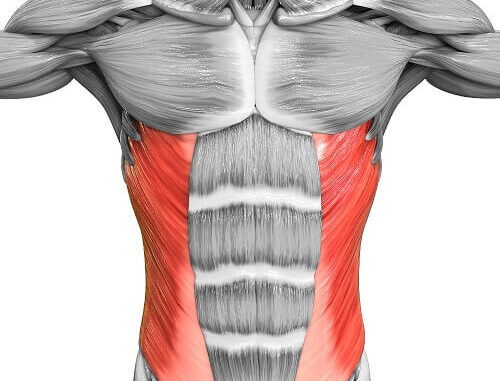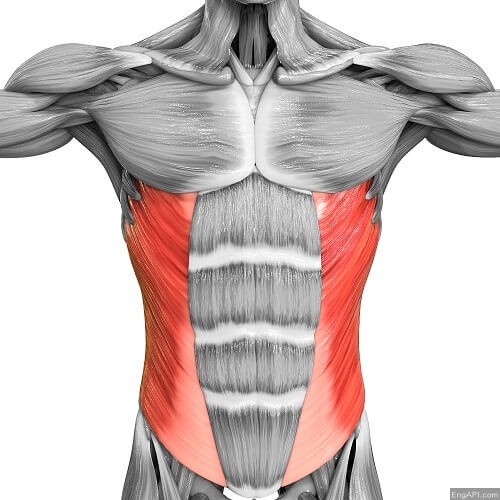

oblique
音标:
英音/ əˈbliːk / 美音/ əˈbliːk /
听听基本释意:
外刊例句:
Short version: If you take every point of her oblique criticisms as a compliment — unless and until she finally spits out what she really means — then our work is done here.
简短版本:如果你把她的每一个间接批评都视为一种恭维——除非并且直到她最终说出她真正的意思——那么我们的工作就完成了。
—Washington Post
The title is colloquial and reveals only in the most oblique terms what the actors seek to portray: the competitive but loving relationship they forge, as their homeland lies in ruins.
标题是口语化的,仅以最隐晦的方式揭示了演员们试图描绘的内容:当他们的家园成为废墟时,他们建立了竞争但充满爱的关系。
—Washington Post
Mr. Scott has pointedly declined to criticize Mr. Trump head-on, preferring oblique references to his own rectitude.
斯科特明确拒绝正面批评特朗普,而更喜欢间接提及他自己的正直。
—New York Times
基本释意:
adjective
slanting or inclined in direction or course or position–neither parallel nor perpendicular nor right-angled
斜的;不光明正大的
同义词:
devious,abdominal external oblique muscle,external oblique muscle,musculus obliquus externus abdominis,oblique case
短释义:
In math, this adjective refers to geometric lines or planes that are not parallel or perpendicular to a line or surface. A playground is positioned at an oblique angle to the ground. By correcting the clerk’s “Mrs.” with “That’s Ms. now,” the woman made an oblique reference to her change in marital status.
如果某物是倾斜的,则它具有倾斜的位置或方向。在比喻用法中,倾斜意味着间接或故意误导。 “二加二等于多少?” “鱼!”因为答案是完全倾斜的。
长释义:
In math, this adjective refers to geometric lines or planes that are not parallel or perpendicular to a line or surface. A playground is positioned at an oblique angle to the ground. By correcting the clerk’s “Mrs.” with “That’s Ms. now,” the woman made an oblique reference to her change in marital status.
在数学中,这个形容词指的是不平行或不垂直于线或面的几何线或平面。游乐场与地面呈倾斜角度。通过纠正店员的“女士”。这位女士在“That’s Ms. now”中间接提到了她婚姻状况的变化。
文学例句:
The leg came down at an oblique angle and snapped.
那条腿斜着落下,然后折断了。
—Seabiscuit: An American Legend by Laura Hillenbrand
The oblique late afternoon rays turned the ends of his hair a chocolate brown.
午后斜射的光线将他的发尾染成巧克力棕色。
—When Dimple Met Rishi by Sandhya Menon
I overhear Marjorie and Babs discussing it in an oblique way: “Listen, kid, it’s one way to pass the course,” is what they say.
我无意中听到玛乔丽和巴布斯以一种间接的方式讨论这个问题:“听着,孩子,这是通过课程的一种方法,”他们是这么说的。
—Cat’s Eye by Margaret Atwood
词源:
oblique (adj.)early 15c., “slanting, sloping, sideways; crooked, not straight or direct,” originally of muscles or eyes, from Old French oblique (14c.) and directly from Latin obliquus “slanting, sidelong, indirect,” which is perhaps from ob “against” (see ob-) + root of licinus “bent upward,” from a PIE root meaning “to bend, be movable,” the source of see limb (n.1). But De Vaan writes, “The etymology is unknown. Closest in form and meaning are līmus ‘transverse’ and sublīmis ‘transverse from below upward’, and the latter would be morphologically similar to oblīquus. Yet a root *lī- with different suffixes *-mo- and *-kwo- does not immediately make sense, and has no clear connections outside Italic.”
Figurative sense of “indirect” is from early 15c. As a noun in anatomy in reference to a type of muscle the direction of whose fibers is oblique to the long axis of the body or to the long axis of the part acted, by 1838. Related: Obliquely; obliqueness.Related entries & more
下面是词源的翻译(机器翻译比较难翻,参考着看)
oblique (adj.) 15世纪早期,“倾斜的、倾斜的、侧向的;弯曲的,不直的或直接的”,最初指肌肉或眼睛,源自古法语 oblique (14c.),直接源自拉丁语 obliquus“倾斜的、侧向的、间接的、 ” 可能来自 ob“反对”(参见 ob-)+ licinus 词根“向上弯曲”,来自 PIE 词根,意为“弯曲,可移动”,参见“肢体”(n.1)的来源。但 De Vaan 写道,“词源未知。形式和含义最接近的是 līmus ‘横向’ 和 sublīmis ‘从下向上横向’,后者在形态上与 oblīquus 相似。然而,词根 *lī- 具有不同的后缀 * -mo- 和 *-kwo- 没有立即意义,并且在斜体之外没有明确的联系。” “间接”的比喻意义是从15世纪初期开始的。 1838 年,作为解剖学名词,指一种肌肉,其纤维方向倾斜于身体的长轴或作用部位的长轴。倾斜度。相关条目及更多
本站没有存储任何书籍、杂志和报纸。
页面内容只做展示和推荐。如果您喜欢本期内容请购买正版。
This site does not store any books, magazines or newspapers.
The contents of the pages are for display and recommendation only.
If you like the content of this issue please purchase the original.